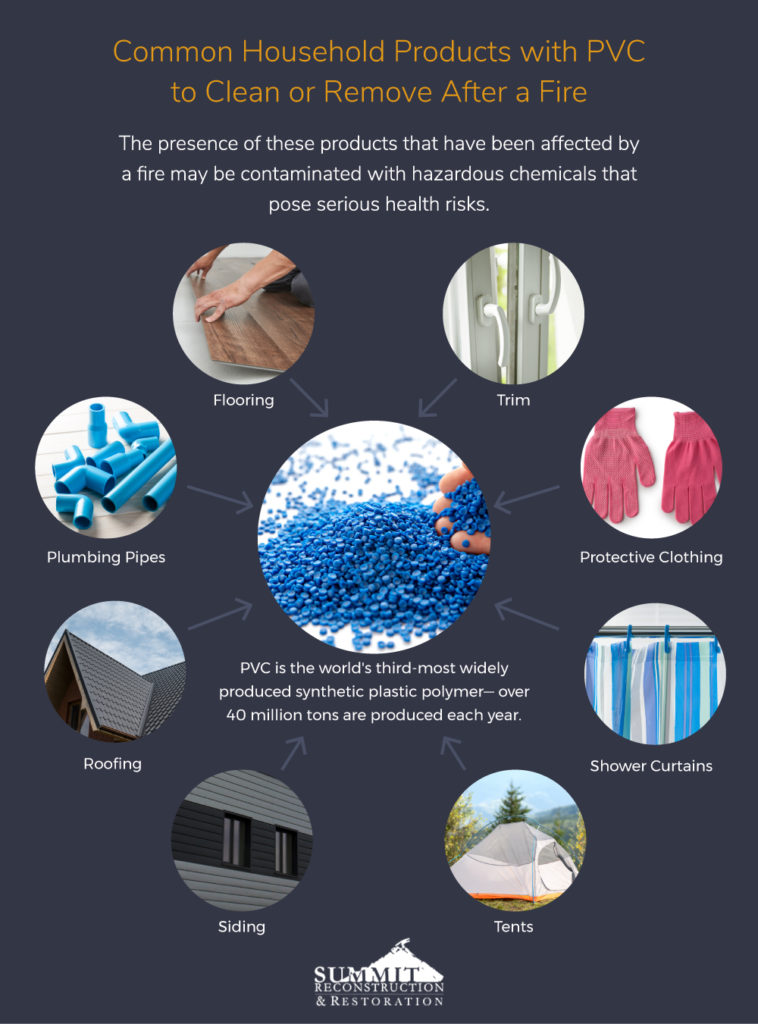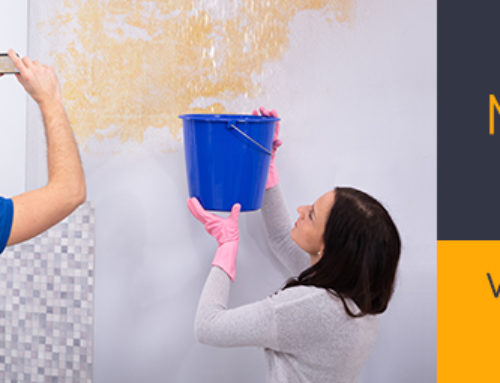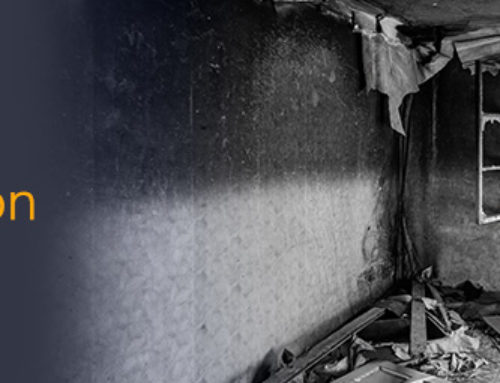After a fire, the damage done to a building can pose significant health risks, especially if proper fire damage restoration is not performed. In staying true to our promise of transparency and communication, we’ll provide some introductory information for the process of assessing the health risks and potential liabilities from fires, and how those are solved.
What is the goal of fire restoration?
The goal of fire restoration is to remove any trace that there was a fire in the first place. Fire restoration work involves making sure that the building is structurally sound and utilities are restored to working order. Anything that was affected by the fire is repaired, cleaned, or replaced with the objective of removing any toxins, traces of odors and/or discoloration.
Apartment Building Fire & Smoke Damage Risks
Proper fire restoration means removing and preventing the chemical and structural hazards that pose serious health risks that can occur after a fire.
Health Risks
The event of a fire can be life threatening, but the after effects can be just as dangerous. In addition to risks to the building’s structural integrity, fires cause health risks as a result of hazardous chemical contamination. The damage and chemicals left behind after a fire can continue to pose significant health risks to inhabitants if a property is improperly restored after a fire.
Breathing and other respiratory issues can be triggered after a fire or a poor restoration:
- Shortness of breath
- Coughing
- Bronchitis
- Asthma
Skin and eye issues can come along with this as well, including:
- Irritation
- Redness
- Dryness
- Itching
There’s also the long-term health risks, including cancer, stroke, heart attacks, and lifelong consequences for infants. Children’s bodies are still developing, and therefore susceptible to environmental factors that can have outsized detrimental effects to their health and development over time.

Building Materials that Pose Health Risks After a Fire
Building materials can release toxic chemicals when burned, and those chemicals can contaminate surrounding materials. It’s important to make sure any of the below damaged and affected materials are cleaned or removed:
- Plastics
- Carpets
- Fabrics
- Wood products
- Wool
- Foams
- All materials containing asbestos
All of these materials can become hazards when burned, and become contaminated with toxic substances released from burning materials if not cleaned or removed from the building before inhabited.
Toxic Chemicals After a Fire
Unpleasant odors and unsightly discoloration are not the only remains left behind after a fire. Those odors and discoloration can indicate that there are likely hazardous chemicals that were released during the fire that are still present, and still pose significant health risks.
PVC (Polyvinyl chloride)
When burned, PVC releases a number of chemicals, all of which can be harmful to humans, including:
- Hydrogen chloride
- Dioxin chloromethane
- Halocarbons
- Phosgene
- Bromomethane
Carbon Materials
Since carbon building materials are readily available and used in abundance, they can pose a serious health risk after a fire if not properly restored or removed. When burned, these materials can release:
- Ammonia
- Nitrogen oxide
- Tar
- Hydrogen
- carbon monoxide
Typical Steps in Proper Fire & Smoke Restoration
Anything with repairable damage will be repaired and restored to its previous condition. After the structural stabilization, demolition will be performed if necessary, as well as the removal of unsalvageable materials. Smoke and fire restoration typically happens in three stages.
Step 1: Clear out
Any belongings that are too damaged for repair will be discarded. This includes everything from furniture and clothing to appliances and electronics. At this stage, testing to look for the presence of hazardous chemicals or their levels is not necessary. Results from environmental tests are rarely needed to inform the actions people should take to avoid being exposed to smoke and resultant damage.
However, there are some unique situations where environmental testing might be warranted. When environmental testing is necessary, it is usually done for specific, fire-related chemicals and a comprehensive sampling plan is developed so that results are reliable and informative.
Step 2: Cleaning
Once the space has been deemed safe to enter for restorations, cleaning all affected and surrounding materials is required. Proper clean-up of smoke and soot residue will remove fire-related compounds so that continuing exposures would no longer be an issue. Everything from the walls, ceilings, flooring, light fixtures, windows, to appliances, upholstery, furniture and all belongings must be cleaned, repaired, or removed. Anything that was touched by the fire or smoke should be cleaned or disposed of. Many times a fire will result in water damage, so water extraction and remediation is required. Some of the processes that will take place are:
- Dehumidification
- Smoke odor cleaning
- Air purification
- Ozone treatment
- Ventilation
- Vacuuming
- Dry-cleaning with chemical products
Step 3: Repairing & Rebuilding
Broadly speaking, the most common repairs in fire restoration are mechanical, structural, and cosmetic. Examples of common repairs that take place during fire restoration include:
- Repairing electrical systems, plumbing, gas pipes, or HVAC
- Replacing insulation, doors, windows, decks, and glass panes
- Re-roofing, re-siding, and trim and siding repair
- Rebuilding stairways and boundary walls
- Replacing flooring, tiles, carpeting, light fixtures, drywall, and plaster
- Redecoration such as whitewashing, painting, or refinishing
- Rebuilding or repairing non-structural walls, smoke chimneys, cabinets and other carpentry
Fire restoration and repair is time to turn reconstruction and restoration over to the professionals. As the premier restoration company in the Portland Metro area, at Summit Reconstruction & Restoration, our goal is to be the first and last contractor you’ll need to call for all of your restoration and construction needs. Get in touch with us for fire restoration, rebuilding, or special and unique projects.







